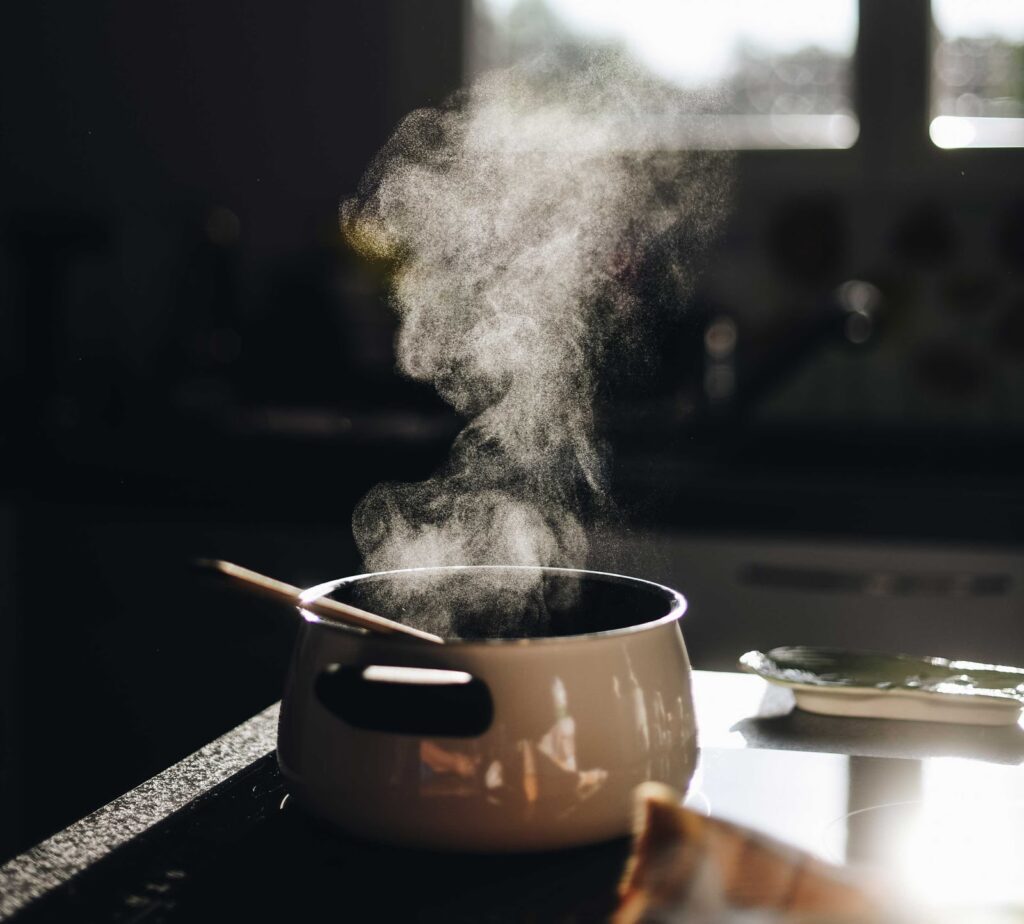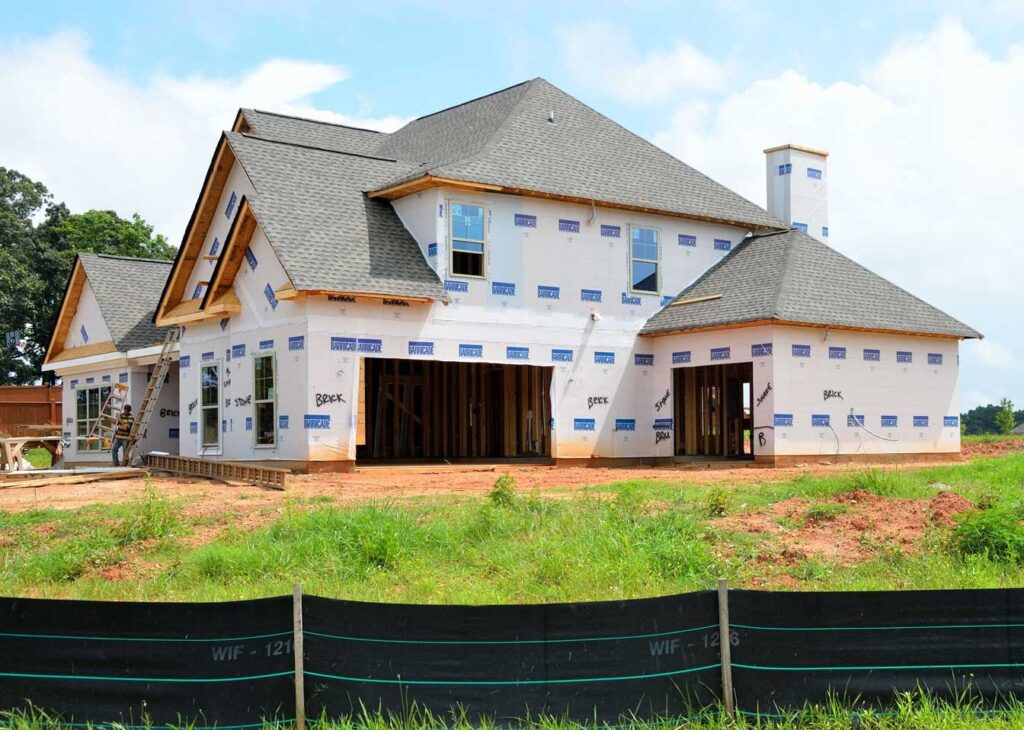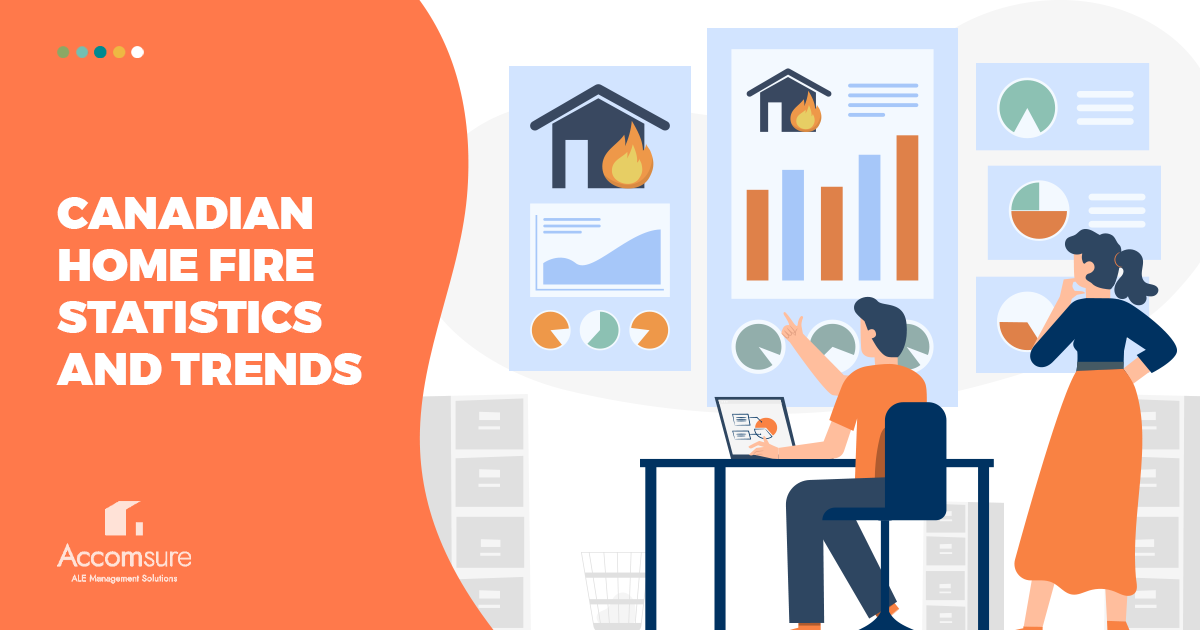The loss of a home and valuable belongings in a house fire can be a devastating event for your policyholders. As many insurance adjusters know, policyholders who fall victim to a home fire are often overwhelmed and stressed when making their house fire insurance claims. House fires not only add to the workload of insurance adjusters but can also cause an emotional burden for the adjuster, who has to deal with stressed policyholders.
This article provides a rundown of house fire statistics in Canada and the lifestyle, building style, materials, and technology trends that tend to affect house fire insurance claims by increasing the risk of residential fires.
General Home Fire Statistics
According to the most recent statistics on fire incidents from Statistics Canada, structural fires are the most common type of fire incident and represent an average of 60% of all fires. Residential fires are the most common type of structural fire with over 11,000 residential fires reported in Canada in 2014.
In terms of fire-related deaths, Statistics Canada reported that in 2014, 87% of fire deaths resulted from structural fires and between 87%-95% of structural fire deaths occurred as a result of a home fire.
A more recent study on fire trends in Ontario from 2009 to 2018 suggests that although residential fires have been steadily decreasing over the years, residential fires still made up 74% of structure loss fires in 2018 (Ontario).
So, what causes the higher incidences of fires in the home?

Lifestyle
Certain lifestyle choices or habits can result in an increased risk of home fires. Fires that result from these habits are typically due to human error and could have been prevented.
Smoking and cooking from home are the leading sources of ignition resulting in home fires in Canada and accounted for 60% of all the residential fires from 2005 to 2014 (Statistics Canada).
Smoking
Smoking is the leading cause of home fire deaths in Canada and caused 22% of home fire deaths in 2007 (Canadian Firefighter). Smoking is associated with an increased risk of home fires due to the smoker’s equipment and open flame.
This means that smokers are more likely than non-smokers to fall victim to a fire in their home.
Cooking at Home
While smoking is the leading cause of home fire deaths, cooking from home is the leading cause of home fires and injuries resulting from home fires. Between 2005 and 2014, Cooking at home resulted in an average of 30% of all residential fires (Statistics Canada). About half of all cooking fire injuries are due to cooking-oil fires (Canadian Firefighter).
The COVID-19 pandemic is associated with an increase in the frequency in which people are cooking at home compared to eating in restaurants or ordering take out. The greater frequency of cooking at home increases the risk of residential fires.

Building Styles
While one- and two-family homes tend to represent the most home fires, multi-family homes are associated with a high incidence of fire-related injuries.
One- and Two-Family Homes
In 2007, 74% of residential fires and 78% of residential fire deaths occurred in one- and two-family homes. While most home fires occur in one- and two-family dwellings, this is partially because more of these types of homes exist (Canadian Firefighter).
Multi-Family Homes
Though most residential fires occur in single-family dwellings, those living in multi-family homes experience a relatively high incidence of home fire-related injuries. The smaller space means that residents are more quickly exposed to the fire than they might have been in a single-family home (Canadian Firefighter).
However, the higher rate of fire-related injuries in multi-family dwellings is also due to a lower rate of fire-related death. Multi-family homes are typically built to stricter fire codes which often turns a potential fire-related death into a fire-related injury.
Materials
One of the reasons that we are seeing an increase in the devastation of home fires compared to 30 years ago is due to a change in the type of materials in houses. Certain materials are more flammable than others which allows fires to spread more rapidly in homes.
Synthetics
Synthetic materials are much more flammable than natural materials but are increasingly prevalent in modern-day homes.
Thirty years ago, residents had an average of 14 to 17 minutes to escape a burning home. Today, with a much higher prevalence of synthetic materials in the home, residents have an average of 2 to 3 minutes to escape before their entire home is engulfed in flames (This Old House).
Houses with a higher prevalence of synthetic-based furnishings result in a greater risk of home fire-related injuries and deaths.
Technology
Technology advances in the home could also increase the risk of residential fires.
Smart Devices
In the digital age, homes are becoming increasingly automated with the help of smart devices. These devices are capable of controlling everything from appliances to lights and security systems. The problem with these advances in technology is that they pose a risk of fire if they malfunction. Smart devices could turn on while residents are away from their homes. This is especially dangerous if the smart device controls a heating appliance that could overheat and cause ignition.
Industry Impact
While residential fires have a devastating impact on those who fall victim to fires in their homes, residential fires also put a strain on insurance companies and insurance adjusters in terms of an increased and sometimes unmanageable workload. Home fires can also be complex claims where a stressed and overwhelmed policyholder can make it difficult for the adjuster to advance the claim.
When a policyholder is focused on their basic need of finding a temporary home, it is often challenging for adjusters to focus on the claim and help the adjuster rebuild their home and lives.
Accomsure can help take care of your policyholder’s immediate need of finding a temporary living situation within their policy limits so you can focus on applying your expertise to their insurance claim. At Accomsure, we also take on all client communication to help you provide the best possible experience for your client in their stressful time of need.




